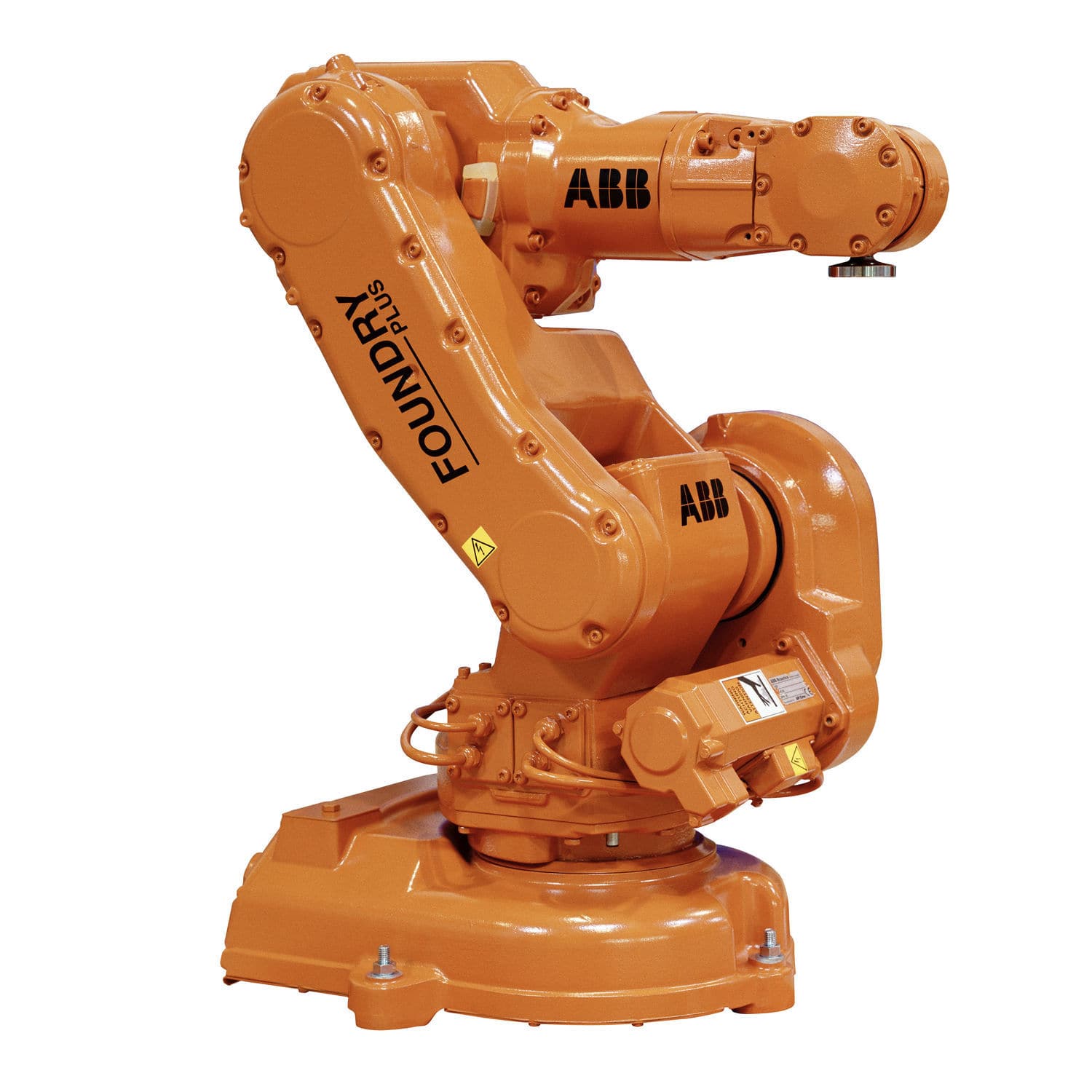Robotic Teaching Cells
Robotic automation has become an integral part of manufacturing across numerous industries worldwide. Industrial robots have greatly improved production processes and have made manufacturing safer for workers. The expansion of robots has led to the creation of new jobs including robot programmers and operators. Instead of looking for people to perform manual tasks such as welding or assembly, employers are now searching for those who know how to operate the robots automating those tasks. Fortunately, robot manufacturers have recognized the need for robotic education, and many have developed robotic teaching cells.
Robotic teaching cells are designed to provide a hands-on learning experience in order to educate students on manufacturing with robots. These teaching cells are comprised of the same industrial robot equipment that is deployed in today’s factories. Robotic teaching cells can be implemented at vocational schools, community colleges, universities, research facilities, and even manufacturing facilities for workforce training. Most teaching cells feature a modular, pre-assembled design that is classroom friendly and transportable to allow for relocation from room to room or a lab. These cells can be used to teach robotic arc welding, material handling, or material removal applications among many others.
Through robotic teaching cells students gain knowledge in the principles and operation of robots used for manufacturing. Being able to learn hands-on with an actual Motoman HP3 with NX100 controller helps students gain the skillset needed in order to effectively problem solve, manage, and operate industrial robots on production lines. They are able to learn the design and control principles of robots and robotic workcells, how to program robots, and how to operate them. Through this learning experience students will also gain an understanding of robot hazards, safety, and best practices. Not only can robotic teaching cells be utilized for learning, but they can also be used in robotic research for developing new robot technologies and robotic applications.
Many robotic manufacturers have developed robotic teaching cells to meet the demand for better robot education. FANUC offers the Educational CERT cart that features their FANUC LR Mate 200iD with FANUC R-30ib controller. Students can get hands-on learning with the LR Mate 200iD for material handling applications. Lincoln Electric partnered up with FANUC for their line of CLASSMATE robotic trainers. These teaching cells are exclusively used to teach robotic welding. Users can choose from FANUC’s line of welding robots with popular options including FANUC Arcmate 50id/7L. The teaching cell also comes with a robotic welding power source, wire feeder, welding torch, positioner, and safety package. The FANUC LR Mate 200ic and FANUC Lr Mate 200ib as also great low cost options to learn on FANUC R-30ia and FANUC R-J3IB controllers.
ABB’s educational robot cell features their highly successful ABB IRB 120 with IRC5 controller. ABB’s teaching cell was developed as a way to provide an affordable means to teach real-life industrial automation in the classroom. The ABB IRB 140 is also another option for training on the ABB S4C+ or IRC5 controller, depending ont the robot setup. Motoman and KUKA have also launched educational robot cells. The KUKA KR6-R700 is a great option for KUKA KRC4 controller based education while the KUKA KR5-R650 is perfect for training on the KUKA KRC2 controller. Motoman recently introduced their pre-engineered EduCart cell that can be used to teach a number of applications including palletizing. The Motoman MH3F is optimal for training on the Motoman DX100 controller while the Motoman HP3J is a great option for the Yaskawa NX100 controller. EduCart is an addition to Motoman’s preexisting STEM educational cells that can be used to teach the concepts of welding and material handling applications. While KUKA takes a more customizable approach to teaching cells than the other top manufacturers by offering various starter packages or the ability for users to completely design their own educational cell.




